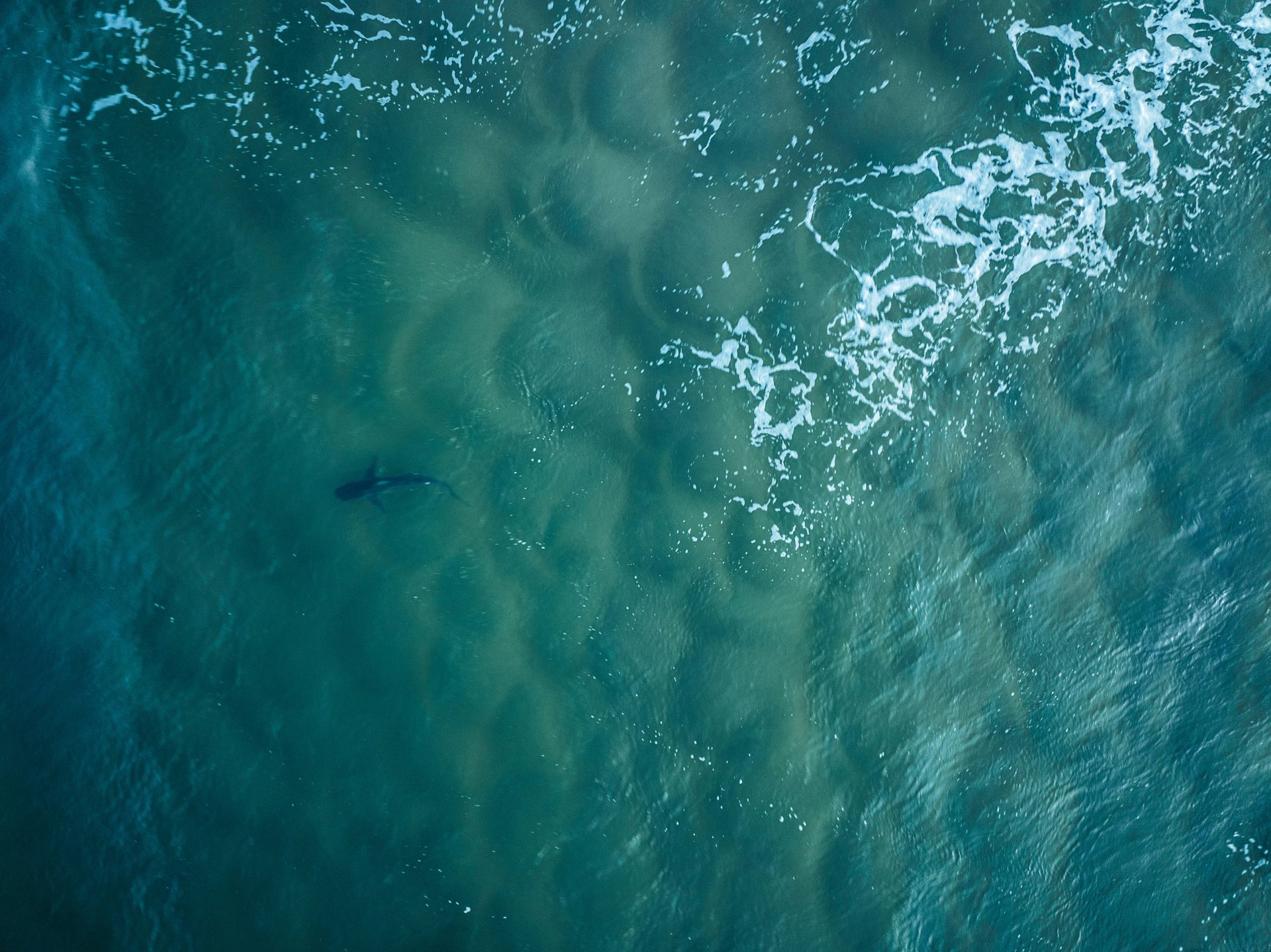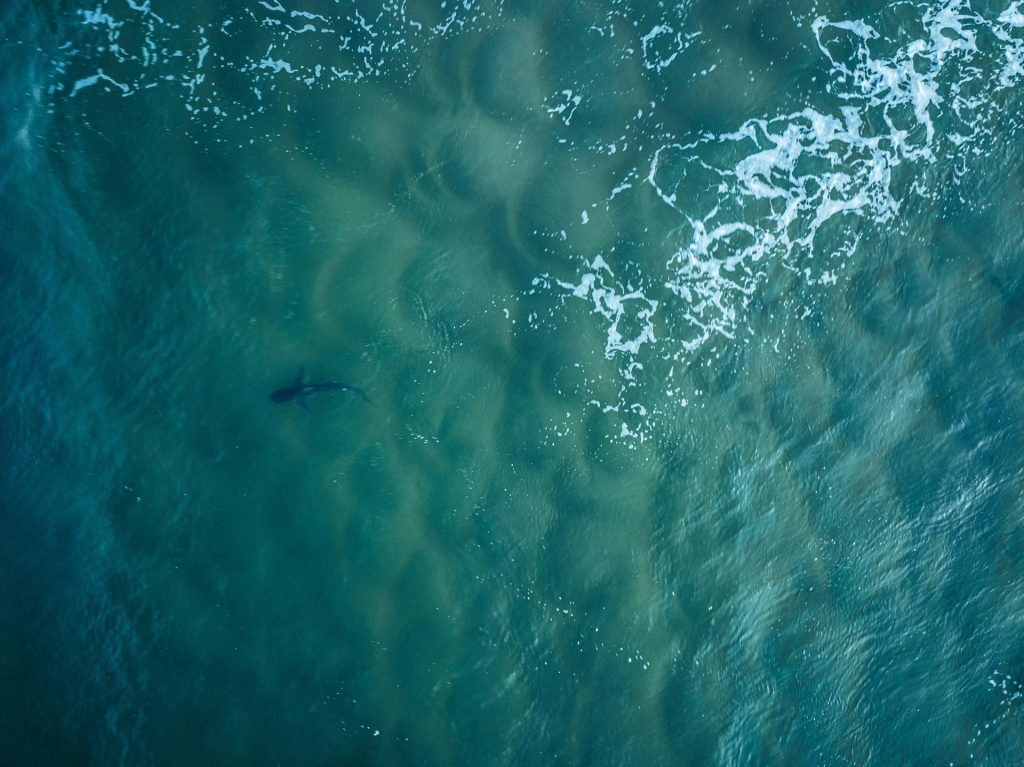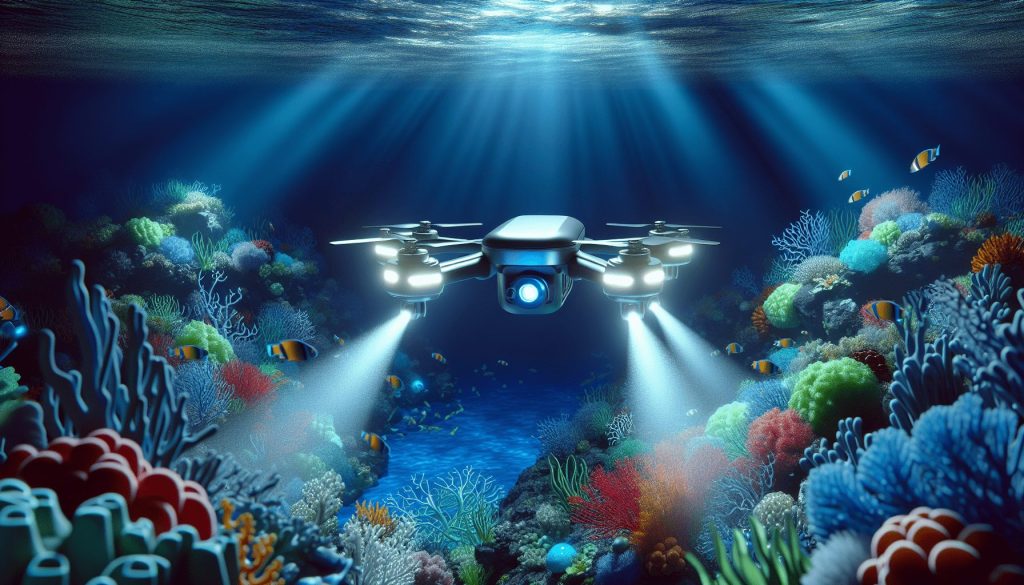Physical Address
304 North Cardinal St.
Dorchester Center, MA 02124
Physical Address
304 North Cardinal St.
Dorchester Center, MA 02124


This post may contain affiliate links. As an Amazon Associate, we may earn commissions from qualifying purchases.
Have you ever wondered how Underwater drones operate? Whether you’re curious about their functionality, intrigued by their capabilities, or considering them for an upcoming project, understanding these fascinating devices can be both enlightening and exciting. Let’s take a closer look at how these modern marvels work.
Underwater drones, also known as Unmanned Underwater Vehicles (UUVs) or Remotely Operated Vehicles (ROVs), are highly advanced machines designed to explore marine environments. They can reach depths that are otherwise inaccessible to humans, making them invaluable for various applications.
There are primarily two types of underwater drones: Autonomous Underwater Vehicles (AUVs) and ROVs.
| Type | Abbreviation | Description |
|---|---|---|
| Autonomous | AUV | Operate independently without real-time human control |
| Remotely Operated | ROV | Controlled in real-time by a human operator via a tether or wireless connection |
AUVs are used for pre-programmed missions, while ROVs rely on real-time control for more dynamic tasks.
Underwater drones are built to withstand the harsh conditions of the marine environment. Key structural components include:
To navigate and perform tasks underwater, drones are equipped with a variety of sensors:

Underwater drones rely on advanced navigation systems to move efficiently in an unpredictable environment. These systems can include:
Communication with underwater drones can be challenging due to the limited range of radio signals underwater. Methods used include:
| Communication Type | Benefits | Drawbacks |
|---|---|---|
| Tethered | Reliable connection, high data bandwidth | Limited range, risk of entanglement |
| Acoustic Modems | Greater range, no physical link required | Lower data bandwidth, potential for signal interference |
Underwater drones have revolutionized marine biology and oceanography by enabling:
The industrial sector also benefits from underwater drones, particularly in:
Consumers and hobbyists enjoy underwater drones for activities like underwater photography, videography, and personal exploration of aquatic environments.

AUVs operate independently, following pre-programmed instructions to complete specific missions. These drones use artificial intelligence to make decisions based on sensor data.
ROVs require real-time human control. Operators use a control console to maneuver the drone, view live video feeds, and perform tasks like repairing underwater cables or retrieving objects.
Navigational challenges include:
Solutions often involve advanced sensor fusion, where data from multiple sensors is combined to create a comprehensive understanding of the drone’s surroundings.
Achieving reliable communication with underwater drones can be difficult due to:
To mitigate these issues, engineers are developing more efficient coding algorithms and noise-resistant transmission protocols.

Future advancements may include:
As technology improves, the potential applications for underwater drones will continue to expand:
The depth capability varies by model. Consumer-grade drones may reach depths of 100-150 meters, while industrial and research models can operate at depths exceeding 2000 meters.
Battery life depends on the drone’s size and power requirements. It can range from a couple of hours for consumer models to over 24 hours for high-end industrial and research models.
Prices range widely based on the drone’s capabilities. Consumer models can be relatively affordable, starting at a few hundred dollars, whereas advanced industrial models can cost tens of thousands of dollars.
Most underwater drones are designed to function in both fresh and saltwater. However, operators must consider factors like salinity and temperature, which can impact performance.

Understanding how underwater drones operate provides valuable insights into their capabilities and limitations. These devices are revolutionizing numerous fields by enabling deep-sea exploration, industrial maintenance, environmental monitoring, and even recreational activities. As technology continues to advance, the potential for these incredible machines will only grow, making the mysteries of the underwater world more accessible than ever.